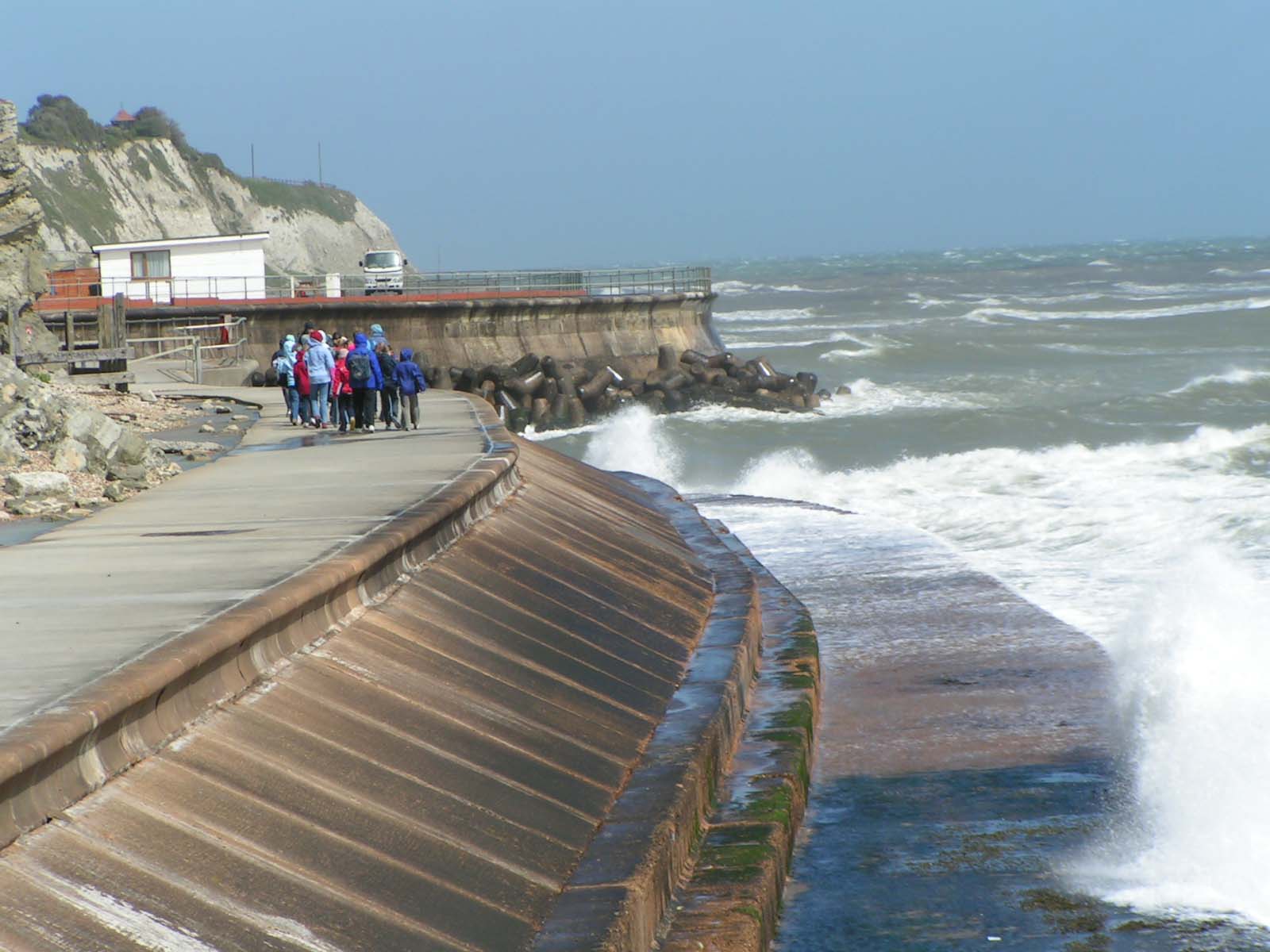Eco-engineering sustainable seawalls
 People love living on the coast, and one of the most destructive human infrastructure practices is replacing natural shorelines with human-made seawalls. These walls are often tall, flat, and featureless, making them bad habitat for shore animals and plants. Biodiversity in these areas, of course, declines.
People love living on the coast, and one of the most destructive human infrastructure practices is replacing natural shorelines with human-made seawalls. These walls are often tall, flat, and featureless, making them bad habitat for shore animals and plants. Biodiversity in these areas, of course, declines.
![]() In a paper published online today in Oecologia, Gee Chapman and D.J. Blockley did a simple and elegant experiment where they created artificial rock pools jutting out from a seawall to see if this helped restore original levels of biodiversity. The pools increased the numbers and diversity of algae and animals living on the shore. In fact, diversity in the artificial pools was higher than in nearby natural pools. The authors note that fewer animals were recruited than algae; they think that given more time, mobile animals would find their way to the pools.
In a paper published online today in Oecologia, Gee Chapman and D.J. Blockley did a simple and elegant experiment where they created artificial rock pools jutting out from a seawall to see if this helped restore original levels of biodiversity. The pools increased the numbers and diversity of algae and animals living on the shore. In fact, diversity in the artificial pools was higher than in nearby natural pools. The authors note that fewer animals were recruited than algae; they think that given more time, mobile animals would find their way to the pools.
Ecologists and engineers need to work together, the authors say, to advance sustainable human infrastructure. As they put it:
“With increasing anthropogenic intrusion into natural areas and concomitant loss of species, it is essential to learn how to build urban infrastructure that can maintain or enhance biodiversity while meeting societal and engineering criteria. Success requires melding engineering skills and ecological understanding. This paper demonstrates one cost-effective way of addressing this important issue for urban infrastructure affecting nearshore habitats.”
M. G. Chapman, & D. J. Blockley (2009). Engineering novel habitats on urban infrastructure to increase intertidal biodiversity Oecologia